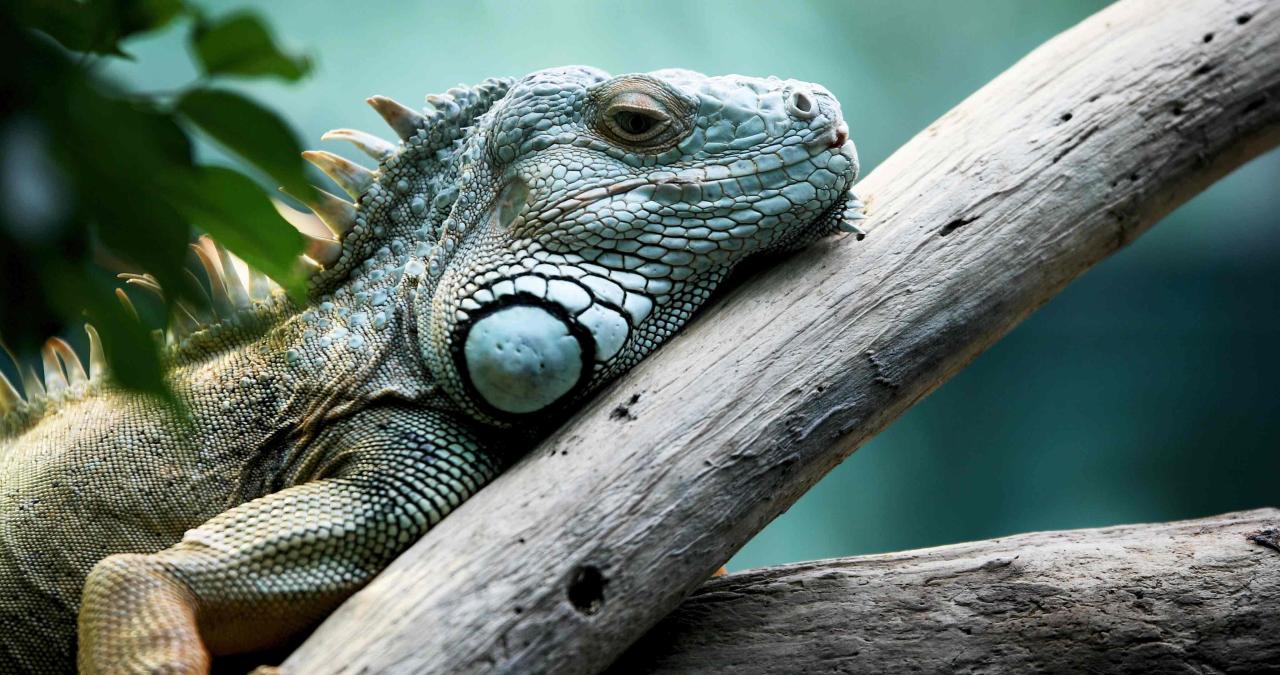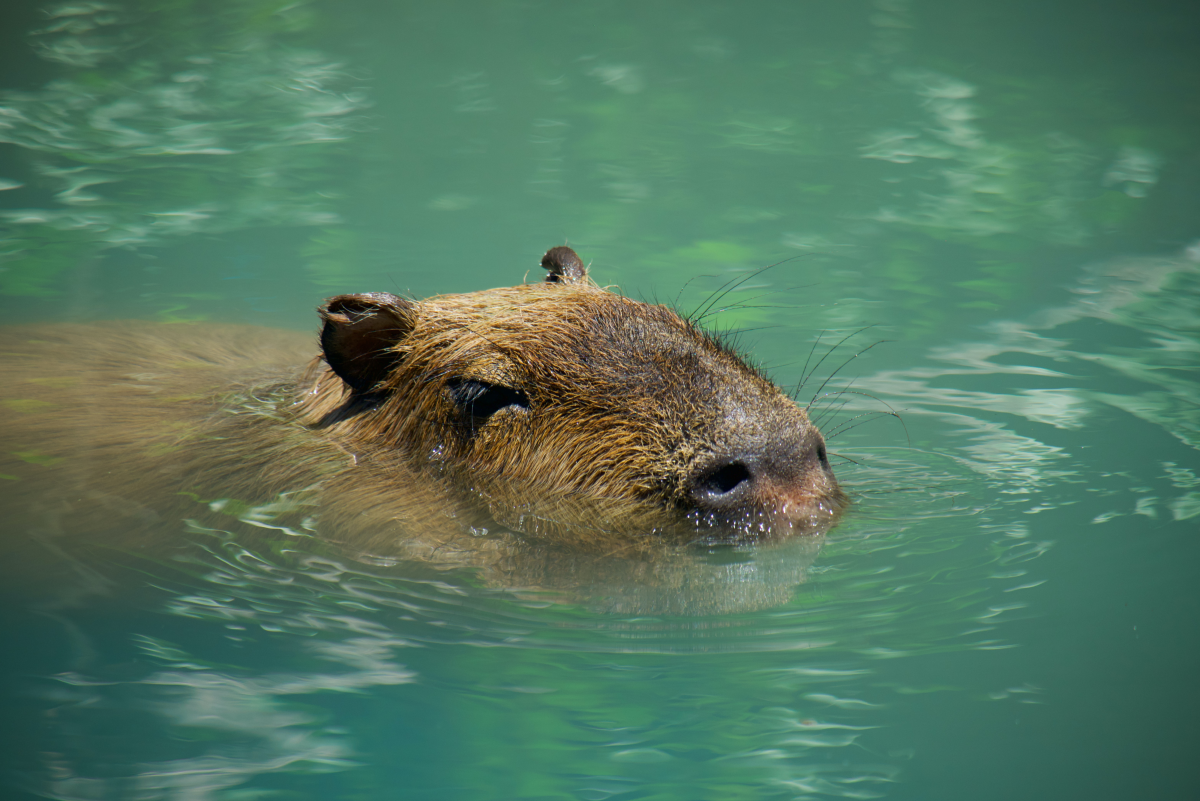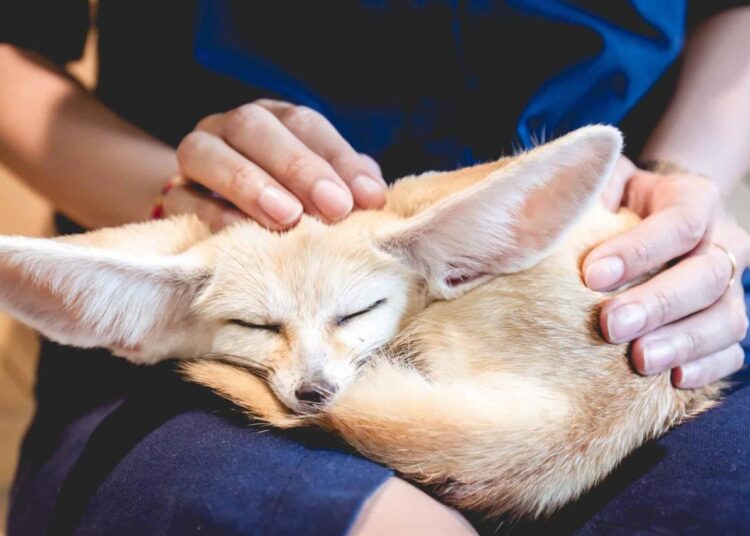The world of pet ownership is expanding beyond traditional cats and dogs, with a significant surge in interest in exotic pets. From colorful reptiles and fascinating amphibians to intelligent birds and quirky small mammals, these unique companions offer a different kind of joy and challenge. This rising trend reflects a desire among owners for distinctive animals, a fascination with biodiversity, and in some cases, a push for more sustainable and ethical pet choices. However, owning an exotic pet comes with a unique set of responsibilities and requires specialized knowledge that differs vastly from caring for a conventional dog or cat.This comprehensive article delves into the fascinating rise of exotic pet ownership, explores the diverse range of animals falling under this category, highlights the specialized care requirements, addresses the ethical and legal considerations, and provides essential advice for prospective owners. Understanding these nuances is crucial for ensuring the well-being of these extraordinary creatures and promoting responsible stewardship.
Why Exotic Pet Ownership is Growing

Several factors contribute to the increasing popularity of exotic pets, drawing people towards animals that stand out from the crowd.
A. Quest for Uniqueness and Individuality
Many owners are drawn to exotic pets because they offer something different. Owning a rare snake, a vibrant parrot, or a curious ferret allows individuals to express their unique personality and interests. It’s a way to stand out in a world where dogs and cats are ubiquitous.
B. Fascination with Biodiversity and Nature
For naturalists and enthusiasts, exotic pets offer a direct connection to the incredible diversity of the animal kingdom. They provide an opportunity to study and appreciate species that might otherwise only be seen in zoos or documentaries, fostering a deeper understanding of wildlife.
C. Adaptability to Modern Lifestyles
Some exotic pets can be surprisingly well-suited to smaller living spaces or busy schedules compared to, say, a high-energy dog. For example, a bearded dragon requires specific enclosure conditions but may not need daily walks, making it appealing for apartment dwellers.
D. Specific Allergies
For individuals with allergies to common pet dander (cats and dogs), certain reptiles, fish, or even some small mammals can offer a hypoallergenic alternative, allowing them to still experience the joys of pet ownership.
E. Long Lifespans
Many exotic pets, particularly certain reptiles and birds, can live for several decades. This offers the promise of a long-term companion, which can be appealing to those looking for a commitment that spans many years.
F. Educational Value
Exotic pets can be incredible educational tools, especially for children. They teach responsibility, unique biological needs, and foster respect for diverse life forms.
G. Social Media Influence
The rise of social media platforms has given a spotlight to exotic pets, showcasing their unique behaviors, beauty, and the bond they can form with their owners. This exposure often sparks interest and curiosity in potential new owners.
These factors combine to create a growing market for animals that demand a higher level of specialized care and commitment.
A Diverse Kingdom of Companions
The term “exotic pet” is broad, encompassing virtually any domesticated animal that isn’t a traditional dog, cat, or farm animal. This category includes:
A. Reptiles
This is a vast and popular group, often chosen for their relatively low maintenance in terms of social interaction (compared to mammals) and their unique aesthetics.
- Snakes: Ball pythons, corn snakes, boa constrictors.
- Lizards: Bearded dragons, geckos (leopard, crested), chameleons, monitors.
- Turtles and Tortoises: Red-eared sliders, sulcata tortoises, box turtles.Key Needs: Precise temperature and humidity control, UVB lighting, specialized diets (insects, rodents, vegetables), proper caging to prevent escape, and brumation/hibernation needs for some species.
B. Birds
Known for their intelligence, vibrant colors, and often impressive vocalizations.
- Parrots: Cockatiels, parakeets (budgies), conures, African greys, cockatoos, macaws.
- Finches and Canaries: Smaller, less demanding birds often kept in aviaries.Key Needs: Large cages with plenty of enrichment (toys, perches), species-specific diets (pellets, seeds, fresh fruits/vegetables), high social interaction for parrots, clean environment, and specialized veterinary care. Many parrots have very long lifespans, requiring a multi-decade commitment.
C. Small Mammals
Often appealing for their size, unique behaviors, and perceived “cuteness.”
- Ferrets: Playful and curious, require significant space and stimulation.
- Rabbits: Social, intelligent, and require specific diets and spacious housing.
- Guinea Pigs: Docile and social, known for their vocalizations.
- Hedgehogs: Solitary and nocturnal, with unique care needs.
- Sugar Gliders: Nocturnal, social, and require specialized diets and social interaction.Key Needs: Species-appropriate enclosures, specialized diets (hay for rabbits/guinea pigs, high-protein for ferrets/sugar gliders), strict environmental control for some (e.g., hedgehogs), and often require significant social interaction from their owners.
D. Amphibians
Less common but equally fascinating, often appealing to enthusiasts of aquatic or semi-aquatic setups.
- Frogs: Pacman frogs, tree frogs, dart frogs.
- Salamanders and Newts: Axolotls, fire salamanders.Key Needs: Precise humidity and temperature, clean water conditions, specialized substrates, live insect diets, and often require advanced terrarium or aquaterrarium setups.
E. Fish
While often overlooked as “exotic,” some species of fish require highly specialized care and setup.
- Marine Fish: Reef tanks with diverse corals and fish.
- Large Freshwater Fish: Arowanas, stingrays.Key Needs: Advanced filtration, specific water parameters (pH, salinity, temperature), appropriate tank size, specialized diets, and a deep understanding of aquatic ecosystems.
Specialized Care

The most critical distinction for exotic pet ownership is the specialized care required for each species. Unlike dogs and cats, whose needs are generally well-understood, exotic pets often have very specific environmental, dietary, and medical requirements that, if not met, can quickly lead to severe health issues.
A. Habitat and Environment (Husbandry)
This is paramount for exotic pets. It includes:
- Temperature Gradients: Many reptiles and amphibians require specific hot and cool zones within their enclosure to thermoregulate.
- Humidity Levels: Crucial for respiratory health and shedding for reptiles/amphibians. Misters, foggers, or specific substrates may be needed.
- Lighting:
- UVB Lighting: Essential for many reptiles to synthesize Vitamin D3, which is critical for calcium absorption and preventing metabolic bone disease.
- Heat Lamps/Ceramic Heat Emitters: For maintaining ambient and basking temperatures.
- Full Spectrum Lighting: Important for birds and some small mammals.
- Substrate: The material lining the bottom of the enclosure must be safe, non-toxic, digestible (if ingested), and appropriate for the species (e.g., sand for desert reptiles, coconut fiber for humid environments).
- Enclosure Size and Design: Must be large enough for the animal to move, climb, burrow, or swim naturally. Security is key to prevent escapes.
- Water Quality: Critical for aquatic and semi-aquatic species, requiring strict filtration and regular testing.
B. Diet and Nutrition
Exotic pets often have highly specialized and sometimes complex dietary needs.
- Live Prey: Many reptiles and some amphibians require live or frozen-thawed insects, rodents, or fish.
- Species-Specific Pellets/Formulas: For birds and some small mammals, high-quality formulated diets are crucial to prevent nutritional deficiencies.
- Fresh Produce: Many birds and some reptiles and small mammals require a significant portion of fresh fruits and vegetables.
- Supplements: Calcium and vitamin D3 supplements are often necessary for reptiles, and specific vitamin supplements for birds or other mammals.
- Feeding Schedules: Varies widely by species, from daily to weekly or less frequent.
C. Socialization and Mental Enrichment
While many exotic pets are not “cuddly” in the same way as cats or dogs, they still require mental stimulation and appropriate social interaction.
- Interaction: Many birds and small mammals (e.g., ferrets, sugar gliders) are highly social and require significant daily interaction with their owners or conspecifics.
- Enrichment: Providing toys, climbing structures, hiding spots, opportunities to forage, and environmental changes to prevent boredom and stereotypical behaviors.
- Safe Handling: Learning proper handling techniques to avoid injury to both pet and owner, and to build trust.
D. Specialized Veterinary Care
This is perhaps the most overlooked but vital aspect.
- Exotic Veterinarians: Most general practice vets are trained primarily in dog and cat medicine. Exotic pets require vets who have specialized training and experience in their unique physiology, diseases, and medication dosages.
- Routine Check-ups: Even without apparent illness, regular preventative check-ups are essential.
- Recognizing Illness: Learning subtle signs of illness in exotic pets, which can often be vague until a condition is advanced.
- Emergency Preparedness: Knowing where the nearest exotic vet emergency clinic is located.
Ethical and Legal Considerations
The rising popularity of exotic pets brings forth significant ethical and legal debates that prospective owners must understand.
A. Conservation and Wild Capture
- Illegal Wildlife Trade: A major concern is the illegal pet trade, which involves capturing animals from the wild, often with devastating impacts on wild populations and ecosystems. This trade also poses significant welfare issues for the animals, many of whom die during transit.
- Sustainable Sourcing: Responsible exotic pet ownership means ensuring the animal was captive-bred by reputable breeders, not wild-caught. Look for documentation of lineage and breeding practices.
- Invasive Species Risk: Escaped exotic pets can become invasive species, harming local ecosystems and outcompeting native wildlife. This is a significant concern in many regions.
B. Animal Welfare and Owner Responsibility
- Commitment to Specialized Care: Exotic pets often have lifespans of 10-50+ years and require highly specific, often expensive, care. Owners must be prepared for this long-term commitment.
- “Impulse Buys”: Many exotic pets are purchased on impulse without proper research, leading to neglect, abandonment, or euthanasia when owners realize the true extent of the care required.
- Disease Transmission (Zoonoses): Some exotic pets can carry zoonotic diseases (transmissible to humans), such as salmonella from reptiles or certain bacterial infections. Proper hygiene is crucial.
- Public Safety: Certain exotic animals (e.g., large constrictor snakes, venomous reptiles, primates) pose significant safety risks to owners and the public.
C. Legality and Regulations
- Local, State, and Federal Laws: Laws regarding exotic pet ownership vary dramatically by location and species. Some animals may be illegal to own entirely, while others require special permits or licenses.
- HOA/Landlord Restrictions: Even if legal in your municipality, your housing association or landlord may have specific rules against certain pets.
- Reporting Requirements: Some jurisdictions require exotic pet owners to register their animals.
It is absolutely crucial to thoroughly research the legality and ethical sourcing of any exotic pet BEFORE acquiring one.
Essential Advice for Prospective Exotic Pet Owners
If you’re considering welcoming an exotic pet into your home, a methodical and responsible approach is key.
A. Research Extensively
- Species-Specific Needs: Don’t just research the “type” of animal (e.g., lizard); research the specific species (e.g., “bearded dragon care,” “leopard gecko care”).
- Lifespan and Adult Size: Be realistic about the long-term commitment and the animal’s potential adult size. A cute baby python can grow into a large, powerful snake.
- Dietary Requirements: Can you consistently source the specific food needed (live insects, specific fresh produce, specialty pellets)?
- Veterinary Care Availability: Identify at least two local exotic veterinarians before you get the pet.
B. Prepare the Environment FIRST
- “Habitat Before Pet”: This is a golden rule for exotic pets. Purchase and set up the entire enclosure, including lighting, heating, humidity control, and decor, before bringing the animal home.
- Test Equipment: Ensure all equipment (thermostats, hygrometers, lights) is working correctly and maintaining the desired parameters for several days.
C. Source Responsibly
- Reputable Breeders: Look for captive-bred animals from breeders who prioritize animal welfare, genetics, and provide detailed information about the animal’s history.
- Avoid Impulse Buys: Never buy an exotic pet from a random roadside stand, flea market, or unverified online seller.
- Ask Questions: Inquire about the animal’s age, health history, diet it’s currently on, and if it’s captive-bred.
D. Understand the Financial Commitment
Exotic pets often have significant upfront costs (enclosures, specialized lighting, heating) and ongoing expenses (specialized food, substrate, exotic vet visits). Budget accordingly.
E. Be Prepared for the Time Commitment
Even if an exotic pet doesn’t need daily walks, it may require daily enclosure cleaning, meticulous food preparation, or significant interaction for social species.
F. Join Forums and Communities
Connect with experienced exotic pet owners. Online forums, local clubs, and social media groups can be invaluable resources for advice, troubleshooting, and support.
G. Plan for Emergencies and Vacations
Have a plan for who will care for your exotic pet if you’re away or if there’s an emergency. Not all pet sitters are equipped to care for exotic animals.
Conclusion
The rise of exotic pet ownership represents a fascinating shift in our relationship with the animal kingdom. These unique companions offer unparalleled opportunities for learning, wonder, and deep connection. However, unlike traditional pets, exotic animals come with specific, often complex, care requirements that demand a high level of dedication, research, and specialized knowledge.
Responsible exotic pet ownership means prioritizing the animal’s welfare above all else: ensuring its species-specific needs are met, adhering to ethical sourcing practices, and complying with all legal regulations. For those willing to make the commitment, an exotic pet can truly enrich a life, offering a glimpse into the wild world right from the comfort of home. It’s a journey into responsible stewardship of some of Earth’s most captivating creatures.








